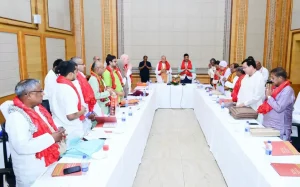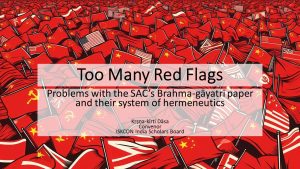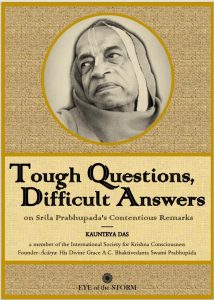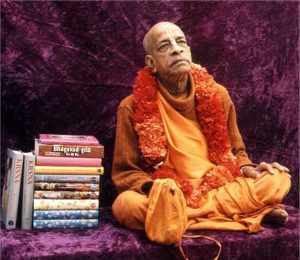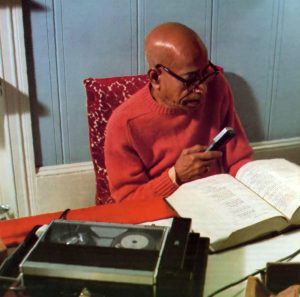Research on Authorized Dates for Observing the Jagannatha Rathayatra around the world
These essays were presented by members of the ISKCON India Scholars Board (IISB) to Gajapati Maharaja Dibyasingh Deb, Dr. Aravind Padhee, Chief Administrator of the Shri Jagannatha Temple Administration (SJTA), and scholars representing the SJTA on 20th March 2025 in Bhubaneswar, India, on the occasion of a discussion between IISB and SJTA scholars. These long-form essays address the topic of whether the Shri Jagannatha Rathayatra may be performed on dates other than the Ashadha-shukla-dvitiya, the 2nd day of the bright fortnight of the month of Ashadha (June-July), or dates near enough to it. This is the day for the Rathayatra stipulated in the Skanda Purana.
